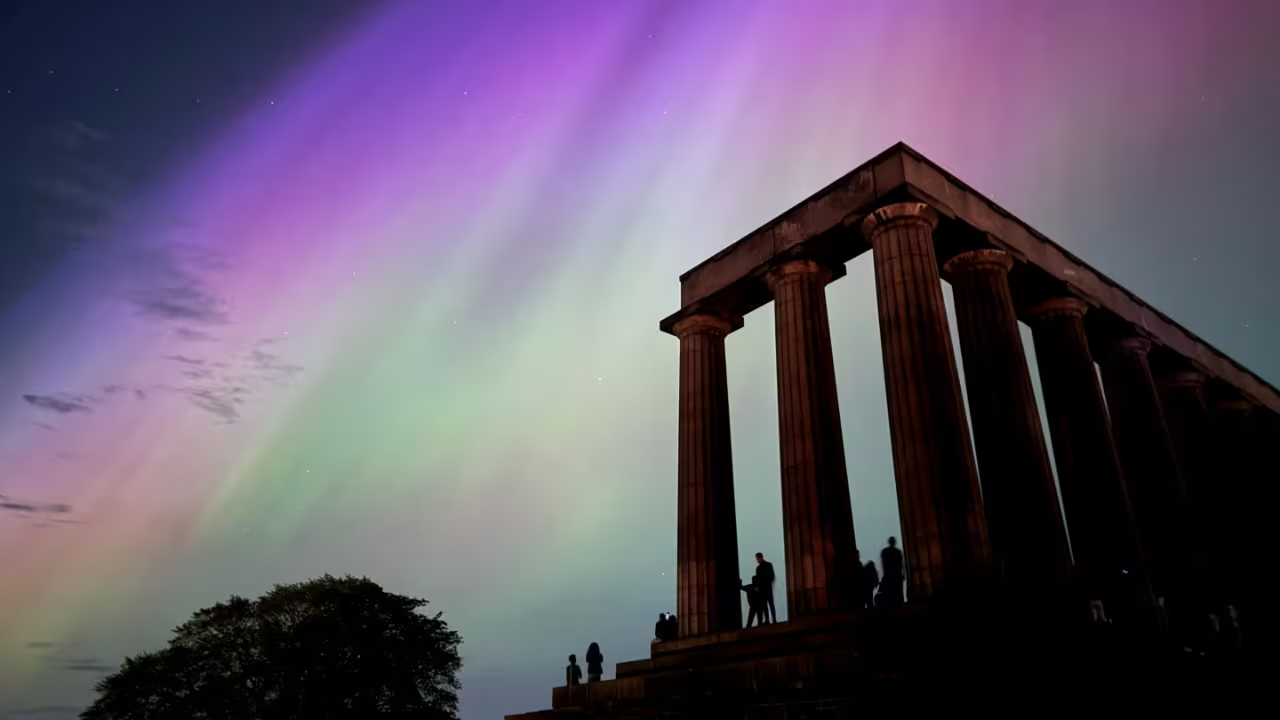
The Phenomenon
The Aurora Borealis is a celestial spectacle that leaves us in awe. It occurs when charged particles from the sun—spewed during solar storms—collide with Earth’s magnetic field. These interactions create colorful light displays in our upper atmosphere, painting the night sky with vibrant hues.
The Recent Solar Storm
- Magnitude: The recent solar storm, the most powerful in over two decades, graced our planet with an extraordinary aurora borealis.
- Global Illumination: From Europe to the United States, the night sky lit up with curtains of dancing light.
- Vienna’s Glowing Sky: Over Vienna, Austria, the aurora borealis painted the night sky with its mesmerizing glow.
Why Does It Last?
Astrophysicist Janna Levin sheds light on this captivating phenomenon. While light from the sun typically takes just eight minutes to travel 93 million miles to Earth, the energized particles causing the aurora move more slowly. Some of these mass ejections weigh trillions of kilograms, resulting in a longer-lasting display—sometimes spanning hours or even tens of hours.
Future Intensity
Will solar storms become more intense and risky? Astrophysicist Hakeem Oluseyi suggests that, in the short term, we may not witness significant increases. Geological data reveals that the sun was more active in the past, but current cycles show a quieter sun. However, the complexities of solar magnetic fields remain a mystery, and NASA continues to study our star with numerous satellites.
Capturing the Beauty
Photographers worldwide have immortalized the aurora borealis. From Brandenburg, Germany, to Eaton Rapids, Michigan, these stunning images remind us of the cosmic dance between our sun and Earth. The last time a solar storm of this magnitude graced our planet was in October 2003, making this recent event a rare and awe-inspiring occurrence
Leave a Reply